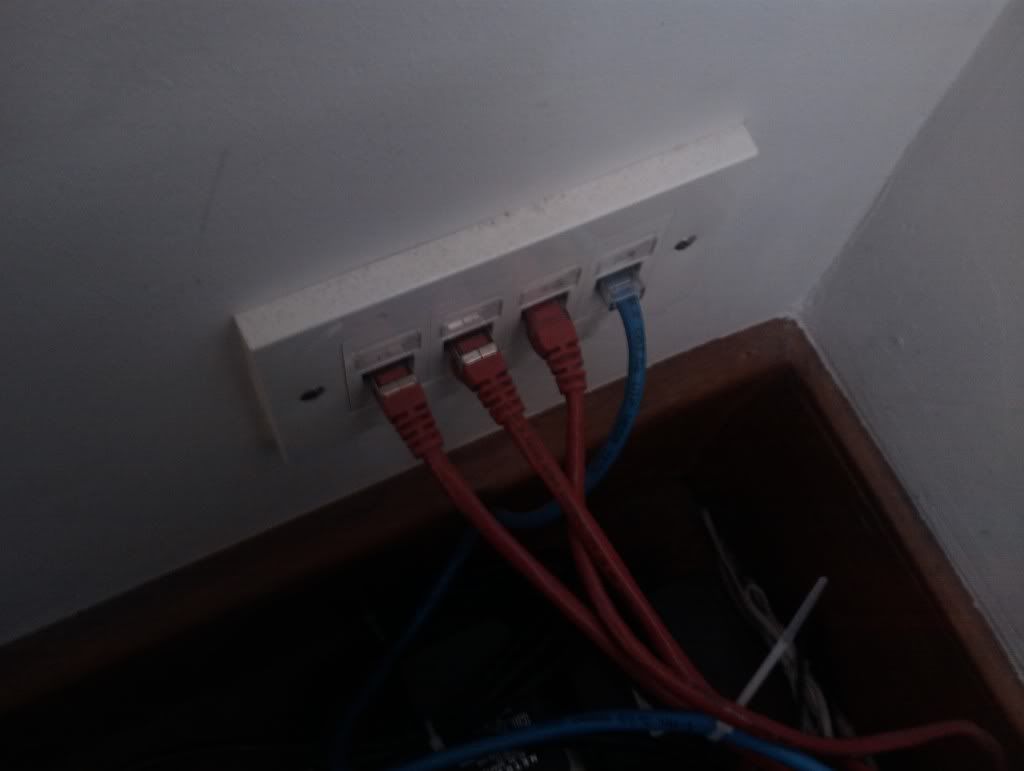Soldato
- Joined
- 20 Oct 2008
- Posts
- 12,083
The size of patch panel will depend on the number of drops you end up installing.
Standard patch panels are designed to fit into 19” cabinets so you may need to factor that cost in as well. Smaller surface/wall mount patch panels are available if you look which may suit you.
For a small domestic install like this it can make more sense to not use a patch panel at all and just install faceplates at both ends of the cables. If you use 4 port faceplates you’d only need two or three. This then keeps everything more-or-less flush to the wall and will blend into the decor more easily.
The 2 port faceplates you linked in the email are just faceplates and will require keystone modules to clip into them.
Standard patch panels are designed to fit into 19” cabinets so you may need to factor that cost in as well. Smaller surface/wall mount patch panels are available if you look which may suit you.
For a small domestic install like this it can make more sense to not use a patch panel at all and just install faceplates at both ends of the cables. If you use 4 port faceplates you’d only need two or three. This then keeps everything more-or-less flush to the wall and will blend into the decor more easily.
The 2 port faceplates you linked in the email are just faceplates and will require keystone modules to clip into them.








